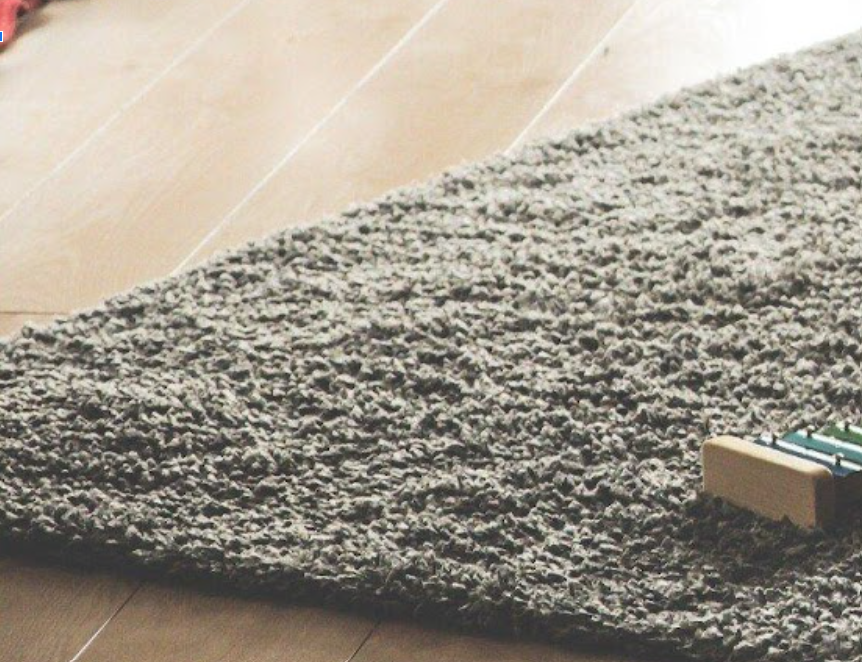Cords can be a tripping hazard for your child. Before you know it, your child is on the floor, and you have a mess to clean up.
Setting up baby-proofing in your home is vital before you have a child. It gives you time to prep, figure out solutions, and prepare for the little one.
Cords in the home are a common hazard and one that you still may need to be made aware of when it comes to newborn care. Here is how to baby proof cords so no one gets hurt.
Identify Potential Hazards
As a parent, it is essential to take proactive measures to ensure your baby’s safety. One way to do this is by identifying potential hazards in your home, especially regarding cords.
Cords can pose many dangers, such as strangulation or electrical shocks. Identifying and eliminating these hazards to baby-proof your home effectively is crucial. Some common risks include exposed cords, loose cords that a curious child can pull, and dangling cords near furniture or outlets.
Organize and Relocate
Organizing and relocating cords in your home is essential in making your space safe for a crawling or walking baby. Take the time to organize cables with other baby supplies and secure them with zip ties or cord covers to keep them out of reach.
Relate electronics to higher shelves or mount them to the wall to prevent little hands from tugging on cords. Investing in cordless alternatives for items such as lamps or baby monitors may also be helpful.
Buy Cord Covers
Cords and electrical outlets are potential hazards for babies and young children in the home. As they crawl and explore, they can easily tug on cords or attempt to stick objects into outlets. It is crucial to take the necessary steps to baby-proof these areas.
One simple and effective solution is to use cord covers. They can easily be installed over cords, securing them and preventing little hands from tugging on them. You can buy these covers using good buy gear discounts to save on cost.
Wrap Cords Properly
It is vital to take all necessary measures to baby-proof your home, and one area that often gets overlooked is cords. These seemingly harmless items can be dangerous to young children, who can quickly become entangled or choke on them.
To prevent any accidents, it is essential to wrap cords properly. It involves using twist ties or cord shorteners to bundle up any excess cable and keep it out of reach.
Invest in Cable Management Systems
Investing in cable management systems is an innovative and effective way to baby-proof cords in your home. With little ones crawling and exploring every inch of the house, lines can quickly become a hazardous obstacle. Not only do they pose a risk for tripping, but also for potential electrical accidents.
By installing a cable management system, you can keep cords organized, out of reach, and safely tucked away. It provides peace of mind for parents and ensures a safe environment for children to play in.
Plus, with customizable options, cable management systems can blend seamlessly into your home decor. It’s an investment that prioritizes your family’s safety while maintaining a tidy and clutter-free space.
Shorten Excess Cord Length
Shortening excess cord length is a simple and effective method for taking care of a baby and baby-proofing cords in your home. Cords can be a significant safety hazard for young children, who may be tempted to play with them or become entangled.
Shortening the cords eliminates the risk of a child pulling on them and potentially causing harm. It can be achieved by using cord shorteners or simply tying the excess cord in a knot or tucking it away.
Use Safety Outlet Covers
Safety should always be a top priority when taking care of your home. One way to ensure your child’s safety is by baby-proofing all potential hazards, including cords.
Cords can be tempting for curious babies to grab and potentially harm themselves. However, a simple and effective solution is to use safety outlet covers.
These covers are designed to fit securely over any outlet, preventing little hands from accessing and potentially pulling on cords. Not only do they provide a physical barrier, but they also give parents peace of mind knowing their child is protected.
Educate and Supervise
Baby-proofing is one of the baby essentials when keeping our little ones safe at home. One aspect often overlooked is the danger posed by cords and wires. These can be found in almost every house room, from lamps and electronics to blinds and curtains.
To prevent accidents, we must educate ourselves and our children about the potential hazards of cords. It includes teaching them not to play with or chew on them. Along with education, supervision is crucial in ensuring safety.
Do Regular Inspections
Regular inspections are crucial to keeping our homes safe for our little ones. As parents, we are responsible for constantly monitoring potential hazards in our living space and taking steps to baby-proof them.
One of the most commonly overlooked dangers in our homes is cords, which can seriously threaten young children. By conducting regular inspections, we can ensure that all cords are properly secured and out of reach.
It includes checking for loose or frayed cords, covering outlets with safety plugs, and avoiding running cords along the floor where they can easily be pulled. Regular inspections may seem time-consuming, but they are a proactive approach to creating a safe environment for our little ones to explore and play in.
Follow This Guide on How to Baby Proof Cords
In conclusion, taking the necessary precautions on how to baby proof cords in your home is vital. It ensures the safety of your child. By implementing the tips and techniques mentioned in this article, you can create a safer environment for your little one.
Don’t wait. Start baby-proofing today to protect your child from potential hazards.
Did you find this article helpful? Check out our other articles for more information.
Also Check:- falcon media marketing



